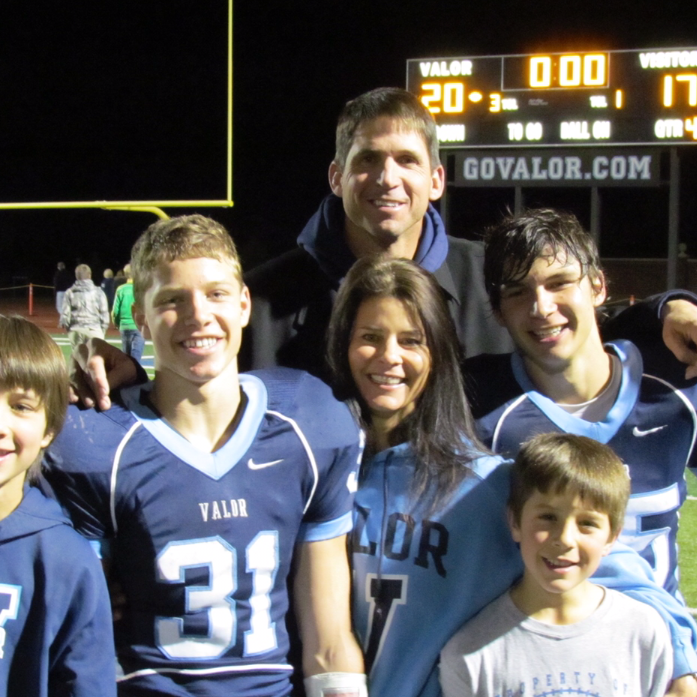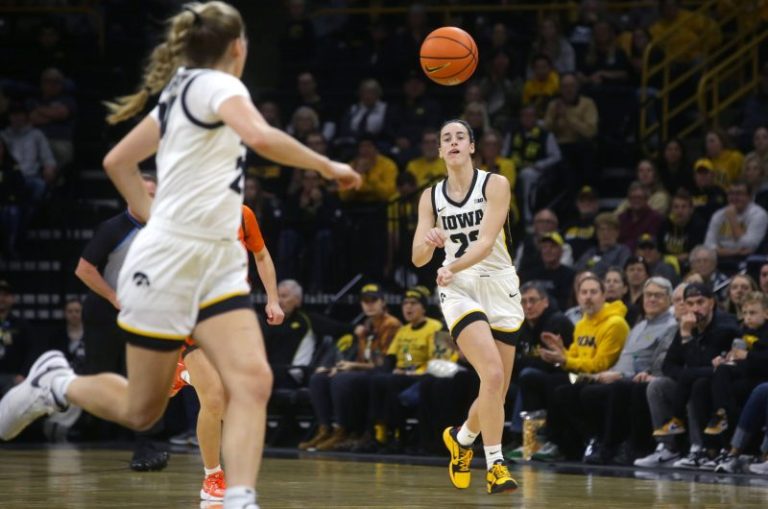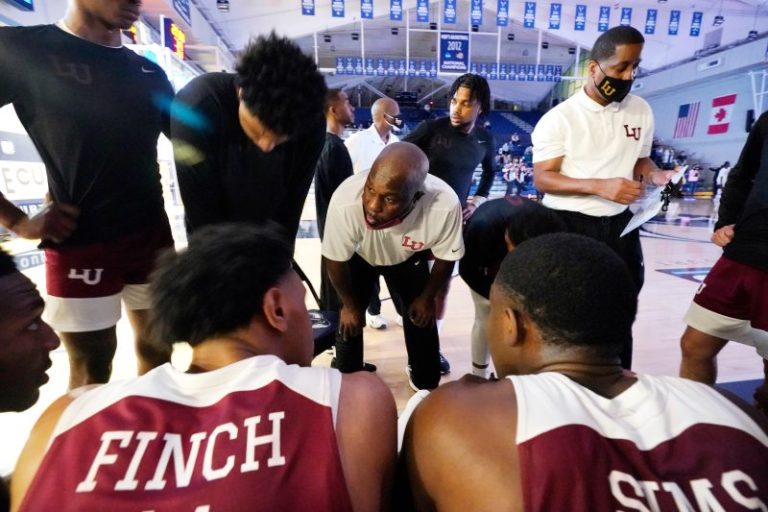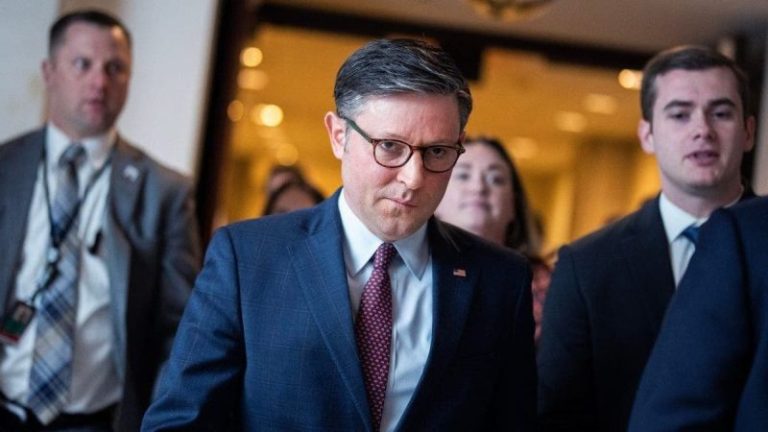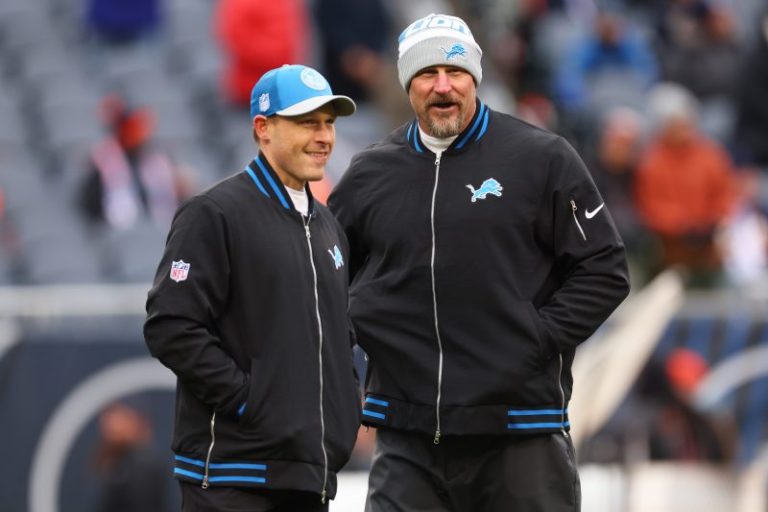OAKLAND, Calif. — For three years, Lincoln University has lived on the fringes of college football.
The Oaklanders, as they’re called, do not belong to the NCAA, or any football division or conference. They do not have their own stadium, practice field or weight room. And they have so far played every game in program history on the road − almost always losing, and almost always by a lopsided margin.
“We’re like sacrificial lambs, basically,” said Etem Ulusan, a long snapper who spent the past two seasons on the football team.
But worse than the losing, Ulusan and other players told USA TODAY Sports, is what they dealt with behind the scenes: Practices without a certified athletic trainer. Inadequate equipment. Players on food stamps. Unexpected financial commitments. A scarcity of water at practice. And overcrowded housing that left players sleeping in living rooms and, in at least one case, the kitchen of an apartment unit.
‘It seemed great,’ defensive end Blake Mason said of joining the school’s inaugural team in 2021. ‘And then as time went on, it was hell.’
Interviews with 46 current and former Oaklanders players and five former assistant coaches painted a troubling picture of the threadbare program.
Together, the allegations shine a spotlight on the lowest rungs of college football, where unregulated programs such as Lincoln still can schedule games against Division I schools – often receiving tens of thousands of dollars for simply showing up.
They also raise questions about the minimal level of resources and care that should be provided to collegiate athletes, even at schools with shoestring budgets.
“There’s a lot of other guys like me that just want to play D-I games,” 2023 wide receiver Eric Brice explained. “They’ll do anything they got to do. They’ll walk through fire if they have to.”
In a series of interviews with USA TODAY Sports, Lincoln athletic director and head football coach Desmond Gumbs broadly denied the allegations levied by former players and coaches – describing Lincoln as a young program that lacks resources, not one that is taking advantage of players or putting them in harm’s way.
University president Mikhail Brodsky, meanwhile, said he is proud of the football team. And despite the allegations outlined by USA TODAY Sports, he said he has no plans to shut it down.
“You know this Chinese proverb? ‘If you’re riding on a tiger you cannot stop. You stop, tiger eats you,’” Brodsky explained. “We’re riding a tiger, it’s true. But we cannot stop.”
Why sports came to Lincoln
Lincoln University is primarily a business school, with roots in the Bay Area dating more than 100 years and with typically fewer than 200 undergraduate students. Its campus in downtown Oakland consists of a single building, which was originally constructed as the headquarters for a local title insurance company.
For most of its history, the university has catered primarily to international students. But when the COVID-19 pandemic hit, according to Brodsky, the number of overseas applicants plummeted, prompting Lincoln to look for new ways to boost enrollment.
“Nothing worked but sports,” said Brodsky, a Russian native who holds two advanced degrees and, in addition to his role at Lincoln, owns a bathhouse in San Francisco. “I wanted local students, so we needed to give something (for) them to come.”
The school announced in the fall of 2020 that it had hired Gumbs, a longtime high school coach and Oakland-based businessman, to start its athletic department from scratch. The splashy hire of NBA legend Gary Payton as the men’s basketball coach followed.
In just two years the school’s undergraduate enrollment more than doubled, from 88 to 177 – thanks in no small part to the presence of 85 new male students, many of them on the football and basketball teams.
It quickly became clear, however, that Lincoln’s athletic ambitions outpaced its financial resources − especially with the university’s recent exclusion from federal financial aid programs, due to an accreditation issue.
Payton, who is now in his third season, said a shortage of funds at the school forced him to use his own money to pay for the team’s uniforms, sneakers and meals on trips.
“I invested some hard-earned money, which I didn’t expect to invest,” Payton told USA TODAY Sports last month. “My frustrations are big here. I’m not going to lie to you.”
It’s a feeling echoed by former football players and assistant coaches, some of whom requested anonymity, citing a fear of reprisal or concerns that speaking out would damage their careers.
Lincoln finds a niche
Several players likened their experiences at Lincoln to those of the athletes at Bishop Sycamore, the pop-up high school football team that drew national headlines after playing on ESPN in 2021.
“This is pretty much the college Bishop Sycamore,” said Steven Earnest, a kicker/punter on last year’s team.
Because the Oaklanders are not a member of the NCAA or NAIA, they are not subject to many of the same rules or the same oversight as other college football teams. But because the university is still an accredited four-year institution, they’ve been classified by the NCAA as a “countable opponent,” enabling member schools to schedule them.
As a result, the Oaklanders have quietly become college football’s vagabonds – offering to fill gaps in the schedules of higher-profile opponents and travel to play at their stadiums, usually in exchange for a financial guarantee. In 2023, they traveled more than 33,000 miles to play games in 11 different states. “It was like going on a bender every weekend,” Ulusan said.
Lincoln has been paid at least $742,000 for participating in games over the past three seasons, including $421,000 last year, according to records obtained by USA TODAY Sports. Despite those payouts, Gumbs said the athletic department is ‘nowhere close to breaking even’ financially.
Games against Division I opponents not only provide the largest paydays for Lincoln, but they also appeal to potential recruits. Several former players said they came to Lincoln only because of the schedule, and the chance to collect game film against high-quality opponents.
Last season, Lincoln played eight games against teams in the Football Championship Subdivision, which is the second-highest tier of college football. Five of those games – featuring opponents like Cal Poly, Southern Utah and Tennessee State – were broadcast on ESPN+.
“It definitely was rougher than I expected,” Brice said of his experience at the school. “But like I said, when I made (it) to those D-I stadiums and I’m on the field, I’m not thinking about none of that. I’m thinking, ‘I made it to the D-I stadium,’ you know?’ ”
Who is Desmond Gumbs?
Though he arrived at the school without any apparent experience in college sports, the 61-year-old did found a Bay Area prep school where he coached his two sons, both of whom went on to join Division I football programs. Gumbs has also invested in real estate and spearheads a boxing promotion company called BLK Prime Boxing, among other business endeavors.
Those investments, however, have not always worked out. According to USA TODAY Sports research, Gumbs has filed for bankruptcy multiple times, while he and his business entities have faced at least a dozen lawsuits in California during that span, many of which alleged unpaid bills.
Gumbs, for his part, said he does not draw a salary from the school, explaining that he’s “done well” from his other ventures. “How I make my money or lose my money has absolutely nothing to do with Lincoln,” he said.
He has recruited players and coaches to the football program by sharing a dream – that the Oaklanders would petition the NCAA to become a Division II school, that they would soon play their home games at the Oakland-Alameda County Coliseum, that money from corporate sponsors would start to flow in.
“The vision is right in front of us,” he reiterated last month. “We’re not far.”
Over time, however, players and coaches said Gumbs’ dreams gave way to a harsh reality.
The Oaklanders have lost 30 of the 33 games they’ve played. In more than half of those games, they’ve scored a touchdown or less. And in their inaugural season, they suffered losses of 92-0 and 75-0 in a span of three weeks.
Allegations of broken promises
Life off the field at Lincoln was similarly challenging, according to players like DuVaughn Williams.
Williams grew up in a Chicago suburb and was a rare quarterback/defensive lineman in high school. After playing two seasons at a junior college in Minnesota, Williams said, he was weighing offers from several Division II schools when he heard from Lincoln, which touted a Division I schedule. He had heard warnings about the program, he said, but ultimately looked past them.
“Every kid’s dream, playing high school football, is to go Division I – live that type of lifestyle,” he explained.
Williams said Gumbs and his son Addison, who is the team’s defensive coordinator, assured him that his food and rent would be covered if he came to Oakland. But when he arrived last summer, Williams said, he learned the football team does not offer meal plans. And he said he was charged $650 per month in rent to share a two-bedroom apartment with five other players.
Williams said he ultimately had to work two jobs to stay financially afloat. He left the school before the start of the season and is now playing at Mount Marty University, an NAIA program in South Dakota.
“(Gumbs) has a good way with his words,” Williams recalled. “He will sell you a dream in a heartbeat and then just treat you like gum on the bottom of his shoe.”
Gumbs denied breaking promises to players. He said each player’s financial obligation is clearly spelled out in the letter of intent players must sign before playing at Lincoln.
Isaiah Robinson, a defensive back on the 2023 team, said he discovered a discrepancy between what he was promised by coaches and what he received only after signing his letter of intent.
“So that was my mistake,” he said, “signing something that said one thing while expecting the other.”
Housing issues
Thor Daley, who was the team’s offensive line coach in 2022, said he watched some players struggle to keep up with the unexpected financial burden.
“Some of my players would work until 3 a.m. and then try to get up for a 5 a.m. practice just to try to make money to put food on the table,” Daley added.
At least two former players paid rent not to Lincoln University but to members of the coaching staff, according to payment records obtained by USA TODAY Sports. And despite paying their rent as required, three players said the units in which they lived started to get eviction notices. One of the eviction notices, which was provided to USA TODAY Sports, identified Addison Gumbs as the primary leaseholder. He did not reply to a message seeking comment.
Players who didn’t live in an apartment were instead assigned to live in one of three houses scattered around Oakland, with a dozen players or more allegedly sharing the same space. Four players said they lived in a warehouse space on Foothill Boulevard, about a 15-minute drive southeast of Lincoln. Alameda County property records for the address they provided show that the building is owned by an LLC registered by the Gumbs family.
Desmond Gumbs denied owning any of the properties where players live. He said coaches collect rent money from players to assist the university, out of a concern that if they didn’t facilitate the process, rents would go unpaid.
Players on food stamps
Without a facility of its own, Lincoln held its practices at the College of Alameda’s soccer field, which had no goalposts. The artificial turf’s warranty expired more than a decade ago, and more than half a dozen former members of the program recalled that it was sometimes speckled with goose feces.
The field was one of several apparent ways in which the program attempted to cut costs.
More than two dozen former players and coaches said Lincoln also dealt with equipment issues, including a lack of basic supplies like athletic tape, ice tubs and blocking sleds. Linemen did not have knee braces. Facemasks and jerseys were mismatched. Cleats were sometimes in short supply. And multiple former coaches called attention to the team’s helmets, expressing concerns that they were out-of-date or had not been certified for safety.
When asked about the sufficiency of Lincoln’s equipment, Gumbs said “it’s almost insulting that you’re asking me that.” He said the team got new helmets and shoulder pads before each season, and knee braces were ordered for some of the linemen who requested them.
Ashton Savage was one of 19 former players and coaches who raised a separate practice issue: A shortage of water on the sidelines. Savage said he brought his own jug to practice but water wasn’t regularly provided at practice − another claim that Gumbs vehemently denied.
“A couple of players went out themselves and bought Gatorade coolers of water and just filled them up and put them on the sidelines,” said Daley, the offensive line coach during the 2022 season. “But once those were out, a lot of times there wouldn’t be water during practice.”
Daley also said “no one could really keep on their weight” because of the shortage of food, recalling that one of his players lost 35 pounds over the course of the 2022 season. He said he joined a handful of other assistants and an estimated 20 players in registering for food stamps from the state of California, because they could not otherwise afford to eat.
“(Coaches) suggested it,” Brice said. “They would rather have us be on some food stamps than just watch us be hungry, just because they can’t do anything about it.”
Brodsky, the university’s president, said that prior to an interview with USA TODAY Sports he was unaware that food stamps were used and called it “a terrible situation.”
“Let me ask you a question,” he later added. “Let’s suppose someone could get an education with food stamps, or they could not get an education because somebody’s (saying), ‘Oh, you’re on food stamps.’ What would you choose?”
Who plays for Lincoln?
Lincoln attracted players from a wide variety of backgrounds – from D-I bounce backs to NAIA and junior-college players looking to get game film against quality competition and use it to get recruited by bigger and better programs.
It also welcomed at least one player who said he had exhausted his NCAA eligibility, 2021 quarterback Cameron Burston, and players with allegations of sexual assault in their past.
Otis Weah, for example, was an All-American running back at the University of North Dakota in 2021. He was in line to join Missouri State as a transfer in 2022 until The Springfield (Missouri) News-Leader reported that he had been accused of sexual assault at North Dakota and banned from the school for five years after a Title IX probe. Instead, he landed at Lincoln.
So did Amir Riep, a defensive back who spent three years on the football team at Ohio State before he was accused of raping a freshman student in 2020. An Ohio jury found him and another Buckeyes player not guilty last spring, and he joined Lincoln in the summer.
The Oaklanders also dealt with an unusual amount of turnover. Former members of the program said coaches would come and go, often frustrated by Gumbs or the lack of resources. Groups of players would similarly cycle through.
“If you have a heartbeat and $1,000 (to enroll), you can come play for Lincoln University,” said Kolt MacCracken, an offensive lineman on last year’s team.
Ulusan was one of three players who told USA TODAY Sports they suited up for Lincoln despite having never attended a class. He said he paid to enroll but was worried that Lincoln’s credits might not transfer to his next school, so he instead continued taking online classes at his previous school, Southeastern Louisiana University. He even made an honors list there during the Fall 2022 semester, while playing for Lincoln.
“A lot of the kids were already done with college, but still playing,” said Elliott Johnson, a starting defensive lineman on the 2022 team. “There was a lot of crazy stuff going on there.”
Gumbs disputed Johnson’s assertion. Johnson has since transferred to Sacramento State, an FCS school. He said he had to redshirt during the 2023 season due to eligibility issues because the credits he earned at Lincoln did not transfer.
No certified athletic trainer
An assistant coach with one of Lincoln’s 2023 opponents noticed that the Oaklanders didn’t bring a certified athletic trainer or any other medical staff to the game. He said he had never seen that before.
“Our guys get a twisted ankle, we tell them to go see our medical staff. And that’s the simple thing,” said the assistant, who requested anonymity because he was not authorized by his school to speak about the situation.
“You talk about the major ones like this kid might have a concussion, this kid might have a broken bone, how severe is the sprained ankle … and they don’t have anybody? That’s absolutely shocking.”
Yet for Lincoln, it appears to be par for the course.
Gumbs confirmed the football team did not have a certified athletic trainer at practices, though he said there was always a licensed orthopedic surgeon on hand.
Former players and coaches identified Gregory Belcher, a longtime friend of Gumbs’ who previously served a brief prison sentence for submitting an insurance claim with an incorrect date, as the team’s primary doctor. Belcher told USA TODAY Sports in a text message that he was one of multiple orthopedic surgeons who assisted the team but ‘I am not an athletic trainer nor was I trying to substitute for there not being an athletic trainer.’
‘I helped in anyway (sic) I could when I had the time,’ Belcher added.
Gumbs acknowledged that neither Belcher nor other medical personnel traveled with Lincoln to games. To save money, he said, the Oaklanders relied on the opposing team’s medical staff.
“We didn’t start this program to abuse students, to put them in harm’s way, anything negative,” Gumbs said. “This whole startup basically is to give students opportunities and that’s the spirit of what we’re doing and that’s the vision of what we have as a whole.”
Some defend program
MacCracken was one of several players who told USA TODAY Sports that they viewed the experience at Lincoln as worthwhile despite the drawbacks, in large part because of the opportunity to play Division I schools. He agreed with critics who likened it to Bishop Sycamore but added “I don’t say (that) as a bad thing.”
Quarterback Jimmy Inman described the program as “not bad” but “unorthodox,” and said he thinks some of his teammates last season are bitter about the personal experiences they had at Lincoln.
Ulusan just wants potential recruits to know what they’re getting themselves into.
“There’s kids that still want to go here,” he said. “Before (recruits) take out a loan, or go to classes that the coach just tells you are mandatory but are really not, I think they should just straight up know the truth about it.”
Lincoln’s strongest detractors go back to a simple question: Is the school’s lack of resources an obstacle to be overcome, or a stop sign that should have prevented the program from ever getting off the ground in the first place? Johnson knows where he stands.
“You shouldn’t start something that you’re not ready to start,” he said.
Contact the reporters at tschad@usatoday.com and jpeter@usatoday.com.
This post appeared first on USA TODAY

